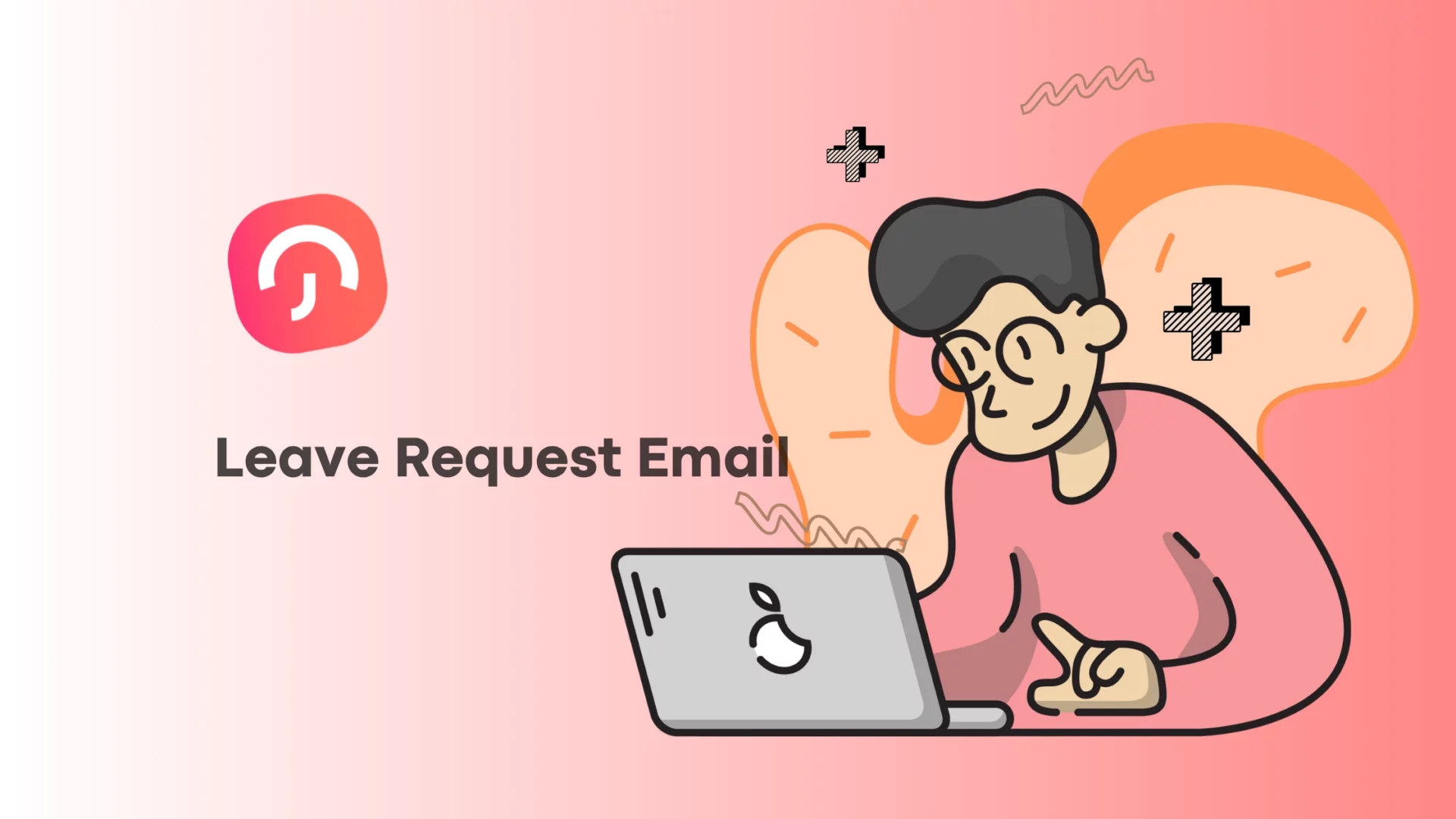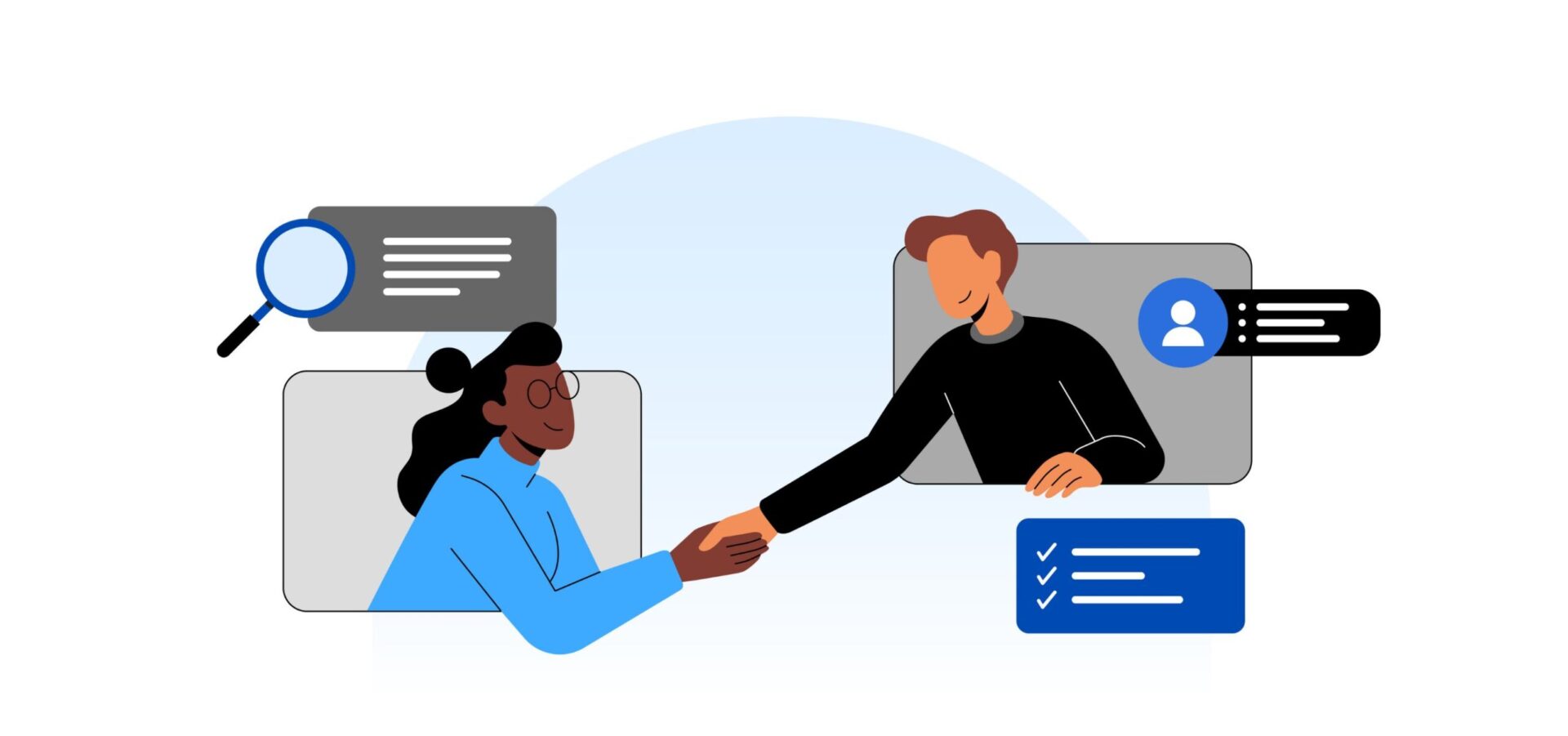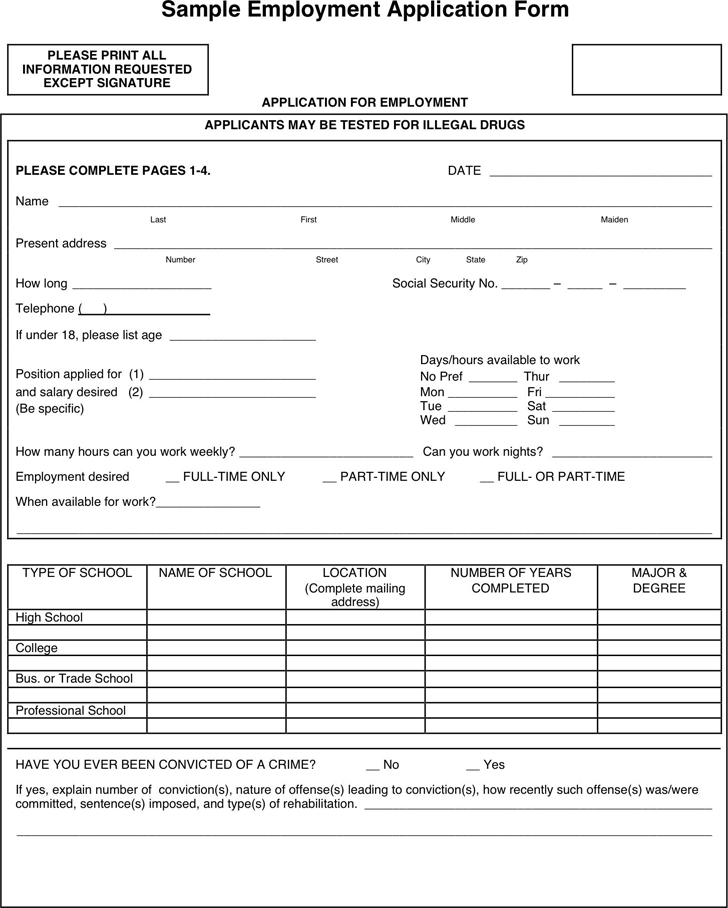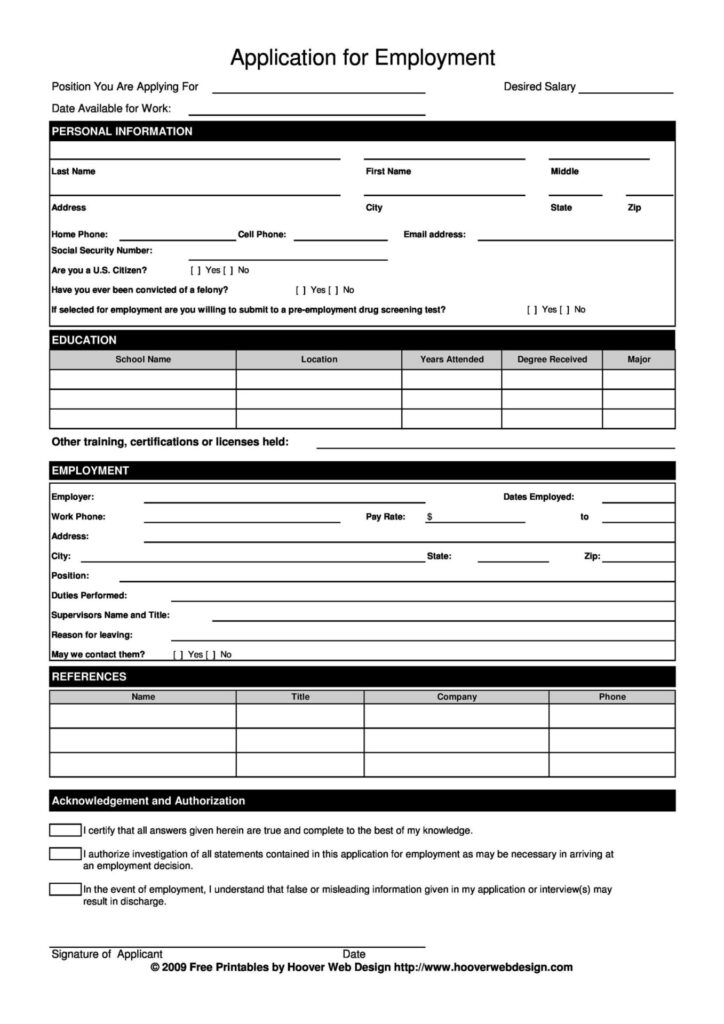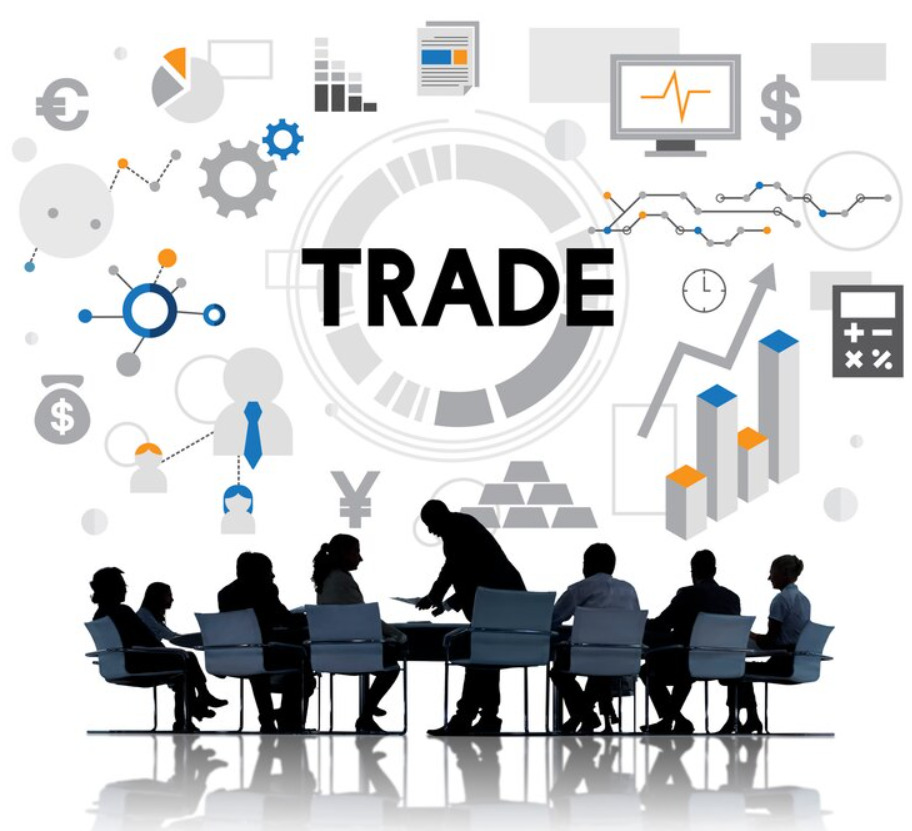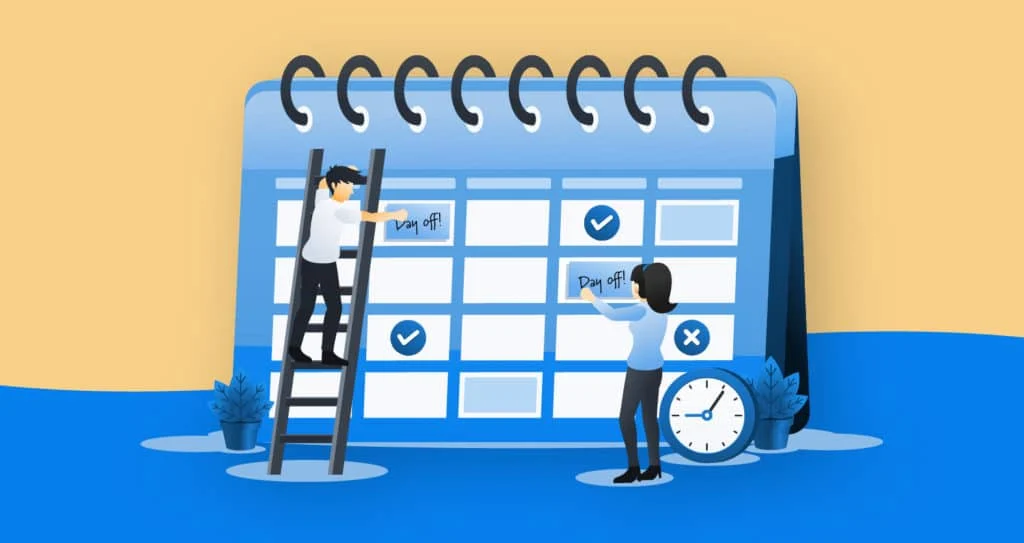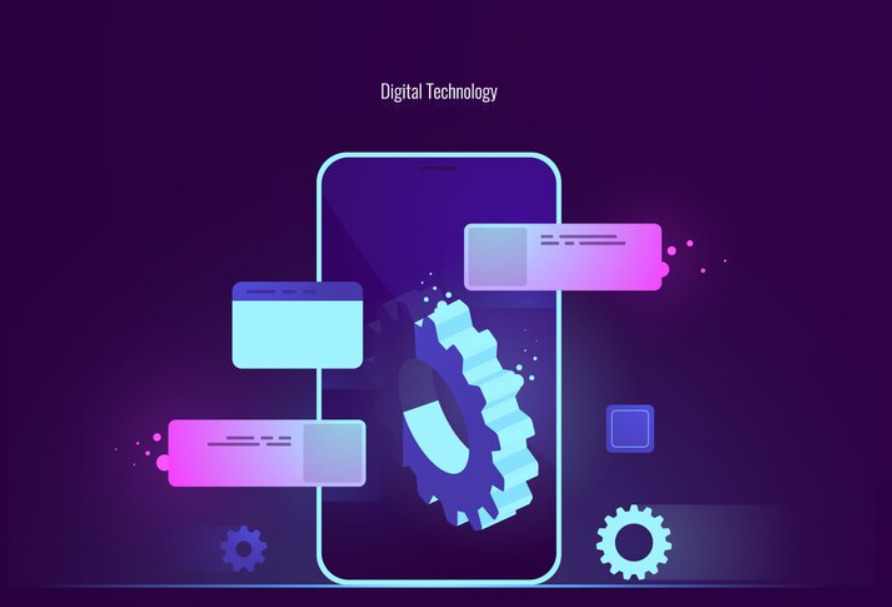Controlling leave request emails or day off from employees is essential to maintaining a positive workplace culture. It is essential to acknowledge and handle these requests in a timely and effective manner. This article examines the viewpoint of a manager with a particular focus on how to manage emails requesting leaves of absence efficiently while striking a balance between the demands of the workforce and organisational policies.
Understanding the Importance of Leave Requests
Leave requests are more than just administrative responsibilities; they reflect employees’ needs and situations. Recognizing and accepting these demands is critical to establishing confidence and demonstrating that the organization values its employees. Approaching these demands with care and compassion promotes a positive relationship between managers and employees.
Acknowledging Employee Desires
Supervisors need to understand that workers have obligations and personal lives outside of the office. Establishing a positive work culture requires acknowledging and honouring these responsibilities. Emails from employees requesting leaves of absence offer insightful information about their circumstances, which helps managers relate to and comprehend their team members more fully.
The Significance of Transparent Communication
Workers frequently email leave requests with sensitive and sometimes personal information. opening up channels of communication is crucial for managers. encouraging employees to feel appreciated and heard involves swiftly addressing their requests and requesting any additional information that may be needed. to ensure that workers know their leave status, it’s equally important to communicate in a clear and concise manner whether the request is approved or denied.
Balancing Team Requirements with Employee Leave Request
Balancing individual vacation requests with the team’s operating needs is a difficulty for managers. to make sure that crucial activities are completed while an employee is away, extensive preparation and organization are needed. In order to properly distribute the workload and prepare for emergencies, proactive managers frequently urge their staff members to let them know about scheduled leaves well in advance.
Improve the work environment by supporting employees
A supportive work environment is built upon trust between manager and his subordinate, as a manager you should give your employees their freedom to take a day off now and then, while providing you with the real reason and the total honesty without them lying to you to make sure you won’t reject their vacation, that will improve the employees loyalty and satisfaction in the work place and will prevent employees burn out from the loud of work, trust and understanding are the foundation of a helpful work environment. employee morale is greatly enhanced by managers who handle leave requests with compassion and adaptability. team members are more devoted and loyal when they understand the value of taking personal time off and are encouraged to maintain a healthy work-life balance.
Set Clear policies for Your Team
Organisations should create detailed leave rules that are easy to understand in order to handle leave requests efficiently. these policies ought to specify how leave requests should be made, how much notice is needed, and what paperwork is required. Clear policies facilitate a seamless leave request process by making expectations clear to managers and staff alike.
How to Respond to Your Team Leave Request Emails?
To effectively handle leave requests, organizations should have clear and comprehensive leave policies. These guidelines should outline the proper procedure for submitting leave requests, the required documentation, and the amount of notice. by outlining expectations for both managers and employees, clear policies help to ensure a smooth procedure for requesting leaves of absence.
Subject: Re: Leave Request for [Employee Name]
Dear [Name of Employee],
We appreciate your communication and the submission of your leave request. I value the initiative with which you informed us of your intended vacation time.
Your request for [number of days] of leave, beginning on [start date] and ending on [end date], has been considered by me. it gives me great pleasure to notify you that your request for a leave of absence has been granted.
To guarantee a seamless workflow while you are away, kindly make sure that [colleague’s name or team] receives all outstanding tasks and responsibilities. please don’t hesitate to share your instructions with your colleagues if you need help or have any particular instructions about your projects.
In addition, please remember to update your out-of-office message on your email and any other platform you use to reflect your duration of absence and a different contact in case of emergency.
Do not hesitate to contact me if there are any questions or if your plans need to be adjusted. we want your time away to be as stress-free as possible since we appreciate your hard work and dedication.
Warm regards,
Subject: Re: Sick Leave Request for [Employee Name]
Dear [Employee Name],
I am sorry to hear that you are feeling unwell. Your sick leave request for [date(s)] is approved. Please focus on taking care of yourself and recovering fully.
Make sure to follow company procedures for reporting your absence, and please keep us updated on your condition. If you require any assistance with pending tasks, kindly let [colleague’s name] know.
Wishing you a speedy recovery. Get well soon.
Best regards,
Frequently Asked Questions
Why is it important for managers to handle leave request emails promptly?
Timely responses demonstrate respect and consideration for employees’ needs. Prompt handling helps employees plan their time off confidently and prevents confusion or uncertainty. It also maintains workflow continuity by allowing managers to prepare for absences in advance.
How can managers balance employee leave requests with business needs?
Balancing involves clear communication, advanced planning, and flexibility. Managers should encourage employees to submit requests well ahead of time, assess the impact on the team’s workload, and coordinate with other team members to cover responsibilities. Prioritizing urgent or critical projects ensures business continuity.
What role does empathy play in managing leave requests?
Empathy fosters trust and strengthens relationships between managers and employees. Recognizing that leave requests often reflect important personal or health needs allows managers to respond with compassion, which boosts morale and employee loyalty.
How detailed should leave policies be to facilitate efficient request management?
Leave policies should be comprehensive yet clear, outlining the types of leave available, notice periods, required documentation, and procedures for submission and approval. Clear policies set expectations and reduce misunderstandings for both managers and employees.
What should be included in an effective response email to a leave request?
An effective response should acknowledge receipt of the request, confirm approval or denial, outline any necessary next steps (such as delegating tasks), and provide contact information for support during the employee’s absence. A polite and professional tone enhances communication.
How can managers encourage honesty and transparency in leave requests?
By fostering an open, non judgmental work culture where employees feel safe sharing personal needs, managers encourage honesty. Providing assurance that leave requests are handled fairly and confidentially also helps build this trust.
What steps should a manager take if a leave request conflicts with critical business deadlines?
Managers should communicate transparently with the employee, exploring alternative dates or partial leaves if possible. Offering solutions such as temporary workload redistribution or remote work can help accommodate both the employee’s needs and business priorities.
How should managers handle sensitive information disclosed in leave request emails?
Managers must treat sensitive information with confidentiality and respect. This includes securely storing personal data and sharing details only with necessary personnel, adhering to privacy policies and relevant laws.
Is it necessary to customize leave request responses for different types of leave?
Yes, responses should reflect the nature of the leave—whether vacation, sick leave, family emergency, or other types. Tailoring responses shows attentiveness to the employee’s situation and maintains professionalism.
How can setting clear leave policies improve overall workplace culture?
Clear policies reduce confusion, set fair expectations, and promote consistency in handling requests. This transparency increases employee satisfaction and trust, contributing to a positive and supportive work environment.
What are best practices for documenting leave requests and approvals?
Maintain organized records of all leave requests and approvals in a centralized system. This ensures accountability, aids payroll and attendance tracking, and helps resolve any future disputes.
How can managers support employees during their leave to ensure a smooth transition?
Managers should encourage employees to delegate tasks, update colleagues, and set out of office messages. Offering support before and after the leave can also ease the transition back to work.
What should a manager do if an employee submits a last-minute or urgent leave request?
Evaluate the urgency and assess impact on operations. If possible, approve the leave with adjustments or temporary coverage. Clear communication about company policies on short-notice requests helps set future expectations.
How does effectively managing leave requests impact employee retention?
Respectful and empathetic handling of leave requests fosters loyalty and job satisfaction. Employees who feel valued and supported are more likely to remain with the organization long-term.
How can technology aid managers in managing leave requests?
Vacation tracking apps and HR management systems streamline the submission, approval, and record-keeping processes. Automated notifications and centralized data help reduce errors and improve communication.
Conclusion
Handling leave request emails as a manager entails more than just approving time off. It’s an opportunity to foster a welcoming workplace culture in which employees feel appreciated, valued, and understood. responses to leave requests that are thoughtful not only improve employee appreciation and loyalty, but also add to a positive workplace environment. managers play a critical role in creating a workplace where employees may thrive both personally and professionally by realizing the human side of these requests and reacting with empathy and professionalism.


